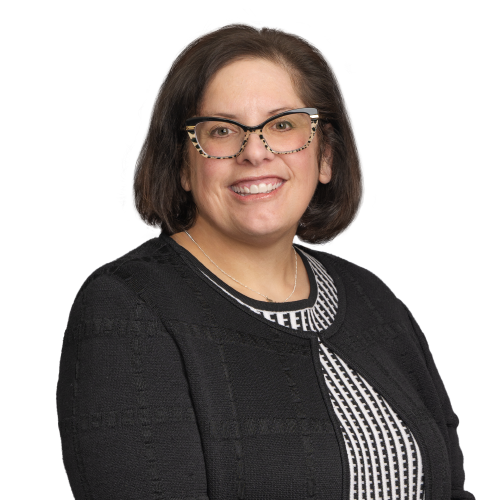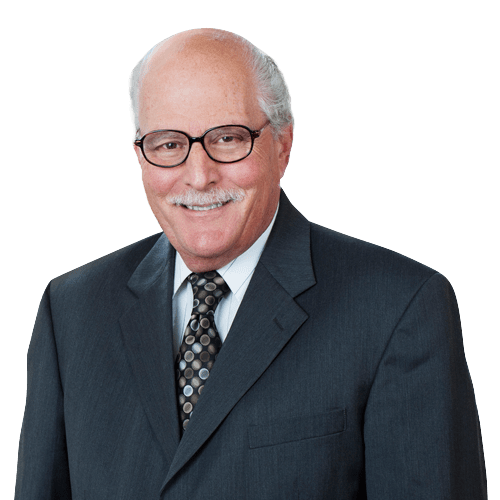Auto-Portability Providers Racing to Close Retirement Plan Gap
For decades, both the federal and state governments have been working to tackle the coverage gaps in our retirement system. In the race for retirement readiness, dark horses like state plans with mandatory adoption requirements, automatic IRA arrangements, auto-enrollment, and auto-escalation of contributions have been central themes. One of the biggest remaining gaps, however, is “leakage” that occurs when people take their funds out of tax-favored retirement plans for purposes other than retirement. These funds are often not used for emergencies or taken out of the account because of need. Indeed, the most significant proportion of leakage occurs when people leave jobs and, because of “friction” (unfamiliar processes and procedures), fail to roll over funds to another
tax-deferred plan or IRA.
Section 120 of the Secure 2.0 Act created a prohibited transaction exemption that allows compensation to be paid to “automatic portability providers” (APPs) to help stop such leakage. APPs can facilitate the automatic transfer to a new employer’s plan of employee assets that have been forced into safe harbor IRAs following employee termination. The detailed conditions under which such force-outs into safe harbor IRAs may occur remain the same as prior to the Secure 2.0 Act and still must be satisfied.
This February, however, the Department of Labor proposed regulations that, by way of implementing Section 120, would enable the additional transaction out of the safe harbor IRA to a new employer’s plan, including compensation to the APP assisting an employee/IRA owner. Once a safe harbor IRA is funded, an APP would query other record-keepers continually to find any data matching that of the employee and thus locate the new employer’s plan. When such data is found, and where the new employer has allowed, the APP can automatically roll existing safe harbor IRA funds into that employee’s account at the new employer’s plan.
Saddle Weights for APPs. Under the proposed rules, in addition to disclosure and operational requirements, APPs would need to acknowledge their fiduciary status in writing and would be subject to fiduciary duties. Unlike the existing rules for safe harbor IRAs, the proposed rules provide no fiduciary safe harbor for rollovers to a new employer’s plan by an APP. If an APP doesn’t meet its fiduciary responsibilities, there could be regulatory or civil action against the APP.
Plan Sponsors Also Weighed Down. Moreover, according to the DOL, the decision of an employer to participate in an APP program would constitute a fiduciary act. Where the current regulation for force-out rollovers to safe harbor IRAs provides fiduciary relief for a sponsor in the selection of an IRA provider and the selection of default investments for the IRA, no such safe harbor exists for APP selection by an employer or for the employee’s new employer in allocating rollover dollars into the new plan. The new employer would also be required to disclose the program, including any fees and expenses, to employees in its summary plan description. Because of the lack of fiduciary relief, employers that allowed the transfer of assets into their plans via an APP transfer would also need to review the transaction to ensure the assets were correctly invested into the asset allocation selected by the participant or, if none exists, into the default investment option of the receiving plan.
Overall, the DOL had a real opportunity to encourage auto-portability. Instead of making it a fast track, however, the track is muddied with additional burdens and risks for both employers and APPs. The DOL could have created a safe harbor similar to the one for force-outs to safe harbor IRAs, thus allowing transfers into a new employer’s plan based on “negative consent” by the employee and without subjecting employers and APPs to fiduciary scrutiny, so long as certain prescribed conditions were met. However, the regulation proposed has come up at least a furlong short of the finish line. Under the circumstances, it is unlikely that auto-portability will be widely adopted in this current incarnation.


